Are you hesitant to invest in thermal imaging during your home inspection due to doubts about its worth and value?
Do you want to ensure that your property is thoroughly examined for hidden defects and potential hazards?
Discover the potential benefits of incorporating thermal imaging into your home inspection and make an informed decision about the safety and efficiency of your property.
Home inspections are necessary if you want to ensure your house or building remains in good condition, and you never have to incur huge repair costs. While buying a home, you need to have it inspected as well. Nobody wants to buy a dilapidated building, and struggle with it from then on. A house might seem pretty to your eyes, but be in dire condition when you start digging in. A home inspection ensures you know the real condition of any home that you are thinking of purchasing.
Thermal imaging is the latest technology in the home inspection industry. Thermal imaging involves capturing thermal images of different parts of the home and using them to ascertain their condition. All surfaces emit infrared radiation as a result of heat changes. Thermal imaging is about capturing this radiation. The intensity of the radiation is and indicator of the amount of heat on that surface. Different surfaces in your home will harbor different amounts of heat depending on their condition.
A home inspection involves inspecting different parts and systems in a home. It starts from structure inspections, electric inspections, plumbing inspections, HVAC inspections, and insulation inspections. Homes can also be inspected for pest infestation as well. Thermal imaging can be applied in all these types of inspections. In this article, we are going to explore how much value thermal imaging adds to the process of inspecting the various parts of your home. We’ll discuss the role of thermal imaging in every one of these processes.
Thermal Imaging for Structural Integrity Inspections
Even before you conduct inspections on any systems fitted in a house you are intending to buy, or a new house, it is paramount that you investigate its structural integrity. It is actually a legal requirement that every building’s structural integrity is inspected upon completion. The question is whether thermal imaging is the best way of conducting such an inspection.
While there are many other methods of conducting such inspections. Thermal imaging definitely is the best. Below, we explore some of the benefits of thermal imaging that make it stand out in such endeavors.
Just imagine how tedious it would be to try and visually inspect every single square inch of a story building. In the end, the inspection would not be as effective as it’s supposed to be. On the other hand, thermal imaging with capture images of large parts of a wall. Such images are scanned by computer programs within seconds, and the results are out within no time. This makes the inspection job easier, faster, and much more efficient.
Note that some of the structures that need to be inspected cannot be seen visually once the building is complete. A proper inspection needs to ascertain the condition of its foundation and support beams. Inside the concrete walls and beams are metal rods that hold the building together. Thermal imaging is the best way of establishing the real condition of such structures.
Thermal imaging can capture images of objects that are not visible. As such, it becomes easy to explore the condition of every little structure in a building and ensure it is in perfect condition. Infrared thermal images are produced in different colors depending on the surface temperature of the objects being imaged.
The bottom line is thermal imaging is the best technology when it comes to inspecting the strength of structures. It will reveal spots that need repair or wrong installations. Thermal imaging technology keeps improving and making it easy to conduct inspections in ways that would have otherwise been impossible.
Thermal Imaging for Electrical Systems
The inspection of electrical systems using thermal imaging is another perfect example of why thermal imaging is worth every single second of your time as an inspector. There are a lot of aspects of the inspection of an electrical system that clearly bring out the benefits of thermal imaging. First, thermal imaging is the only method of inspection that allows the electrical system to continue operating while the inspection goes on. Any other method of inspection would require the system to be switched off, which is always followed by massive operation losses and inconveniences.
Thermal imaging is heavily banked on temperature changes. Temperature changes across electrical components are never subtle. This makes it quite easy to apply thermal imaging in the inspection of electrical systems. Different components along and electrical system will have different surface temperatures. The infrared thermographic images captured will distinctively show each component in a specific color depending on its condition.
Electrical components tend to overheat if they are faulty or overloaded. Overheating parts usually appear red or orange when imaged with an infrared thermographic camera. These distinctive colors are the basis on which faulty components and those working properly are called apart.
The other benefit of using thermal imaging in electrical systems inspections is the fact that you do not need to get close to the electrical components during the inspection, especially if they are carrying a lot of current. High current-carrying electrical components are always hazards and could cause injuries at any given moment. Infrared thermographic cameras allow the inspector to capture images from a safe distance.
Thermal imaging is the only technology being used to inspect high-load electrical systems. It is safe and efficient. The results of an infrared thermographic inspection on an electrical system make it incredibly easy to make repairs in case anything has broken down.
Thermal Imaging for Plumbing and Drainage Systems
Plumbing and drainage systems inspections is another major application of thermal imaging. Infrared thermographic images of pipes are taken throughout the system in order to determine the real condition of the system. Plumbing and drainage system tend to develop issues after being in use for quite a while. New systems need to be inspected as well to ensure everything has been installed properly.
Inspecting pipes would be such a tedious and almost impossible endeavor without thermal imaging. Think of a leaking drainage pipe. It would take a lot of time to detect where the leak is if the pipe is buried underground. Regardless of whether the pipes are under the ground or above the ceiling, thermal imaging is able to provide very clear and distinctive images. These images can help detect where the pipes are leaking or are worn out. Usually, inspectors will create a temperature difference between the inside and the outside of the pipe. This can be done by driving warm water down the pipes. The warm water flowing in the pipes will be distinctively captured by the infrared cameras, and if there is a leak it will clearly show.
You would never have to go digging or demolishing any walls to be able to reach the pipes and inspect them. Thermal imaging helps inspectors to avoid such unnecessary tasks. The reports of a thermal inspection also make it incredibly easy for repairmen to complete the repair. That means you’ll also incur much less in repair costs. Also, the inspection happens within minutes. A full inspection of a large house can be completed within a few hours, a job that would otherwise take days or even weeks with any other inspection method.
Infrared thermographic cameras, as the name, suggest captures infrared radiation. Any physical object emits or absorbs infrared red radiation. In simple terms, all object can either absorb or emit heat depending on their surroundings. This is the same case with plumbing/ drainage pipes and whatever is flowing inside them. Infrared thermographic images of such images can either be analyzed by experienced inspectors, or by a computer program. The infrared thermographic cameras capture images of footage of the pipes, and they are used to prepare a comprehensive report about the condition of the pipes.
Plumbing and drainage pipes inspections should be conducted regularly. It takes time to realize there is something wrong with your pipes. By the time you come to this realization, the leak will have caused some substantial damage. Either way, the last thing you need in your home is your precious clean water going to waste, or some smelly sewage water leaking around and starting to stink. Thermal imaging can help avoid all the plumbing and drainage problems you can think of.
Thermal Imaging for Insulation Systems
The other major application of thermal imaging is the inspection of insulation systems. Insulation systems help ensure we do not incur massive bills from our heating or cooling systems. Thermal imaging is used to check a house for insulation leaks. The same concept of temperature differences is used while inspecting for insulation leaks.
Insulation inspections are best conducted when there is a significant temperature difference inside and outside the house. For instance, if the air inside the house is sufficiently warm than that outside, it is quite easy to detect insulation leaks using infrared thermographic imaging. As mentioned earlier, infrared thermographic cameras show different colors for surfaces or objects with different objects. When there are temperature differences between the air inside the house and that outside, air will move inside or outside the house through any insulation leaks that might be present.
This air movement is shown as a jet of differently colored air on the infrared thermographic camera. Any wet patches on the insulation can be easily detected as well. Wet areas tend to absorb more heat than the surrounding areas. As a result of harboring more heat, they appear different from the surrounding areas.
Using thermal imaging to inspect insulation systems makes your work as the inspector easy, and ensures it is easy to conduct repairs as well. It would be nearly impossible to detect insulation leaks without thermal imaging. Insulations leaks are not visible to the naked eye but will keep causing hefty power bills month in month out. Thermal imaging also quickens the inspection process. A few images of your building are enough to detect all the insulation leaks that might be there. When the repairman shows up, you know where exactly to send them.
Just like with the other systems, you should never wait for a problem to occur in order to commission a thermal inspection. The inspections should be conducted periodically to ensure you are never caught off guard. It is usually quite difficult to tell that there is a problem with your insulation. A good indicator is rising heating bills. If you notice you have to keep turning up your heater more than you normally do, or your heating bills are rising, your insulation system might be leaking, and an infrared thermographic inspection could do you a lot of good.
Thermal imaging is the best inspection method when it comes to inspecting insulations systems. The technology keeps improving, and making it easier and quicker to detect leaks.
We could go on and on about the benefits of thermal imaging in various types of home inspections. The worth of thermal inspection in home inspection is in no doubt at this point. Thermal imaging inspections save money and time in some many ways. Improvements in the technology are also making it quite easy for ordinary people to conduct home inspections themselves. There is nothing that would stop you from purchasing a thermal imaging camera, and taking some images or footage of your home. However, it is important that you seek the services of an experienced inspector to ensure you get a quality inspection report.
It is quite clear that thermal imaging is the latest and the next frontier when it comes to home inspections. The results from such inspections are unquestionable, and they ensure homeowners do not get duped by repairmen. The conversation that’s going on right now is about how thermal imaging technology can be improved because it has already proven to be the best way of conducting inspections and ensuring buildings are constructed up to the required standards.
Many council governments are starting to include infrared thermographic inspections in their by-laws to ensure that all building-owners keep their structures in perfect condition. As a home-owner, it is best that you get in touch with a reputable inspection agency that is using thermal imaging technology, and ensure you are not left behind.

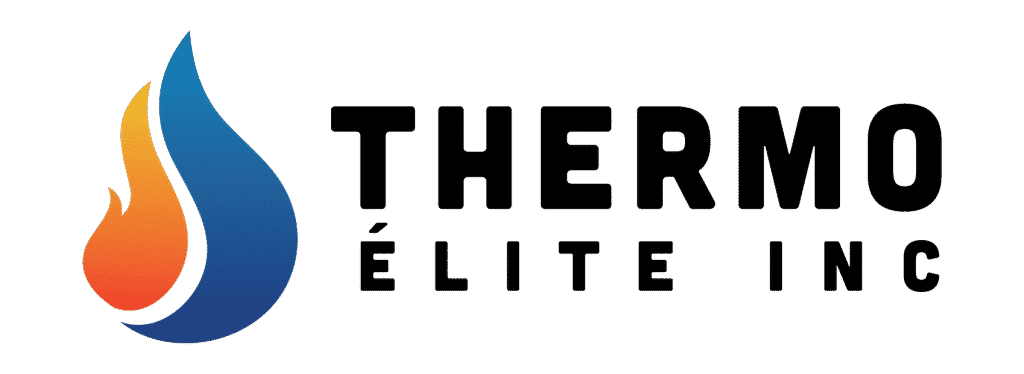
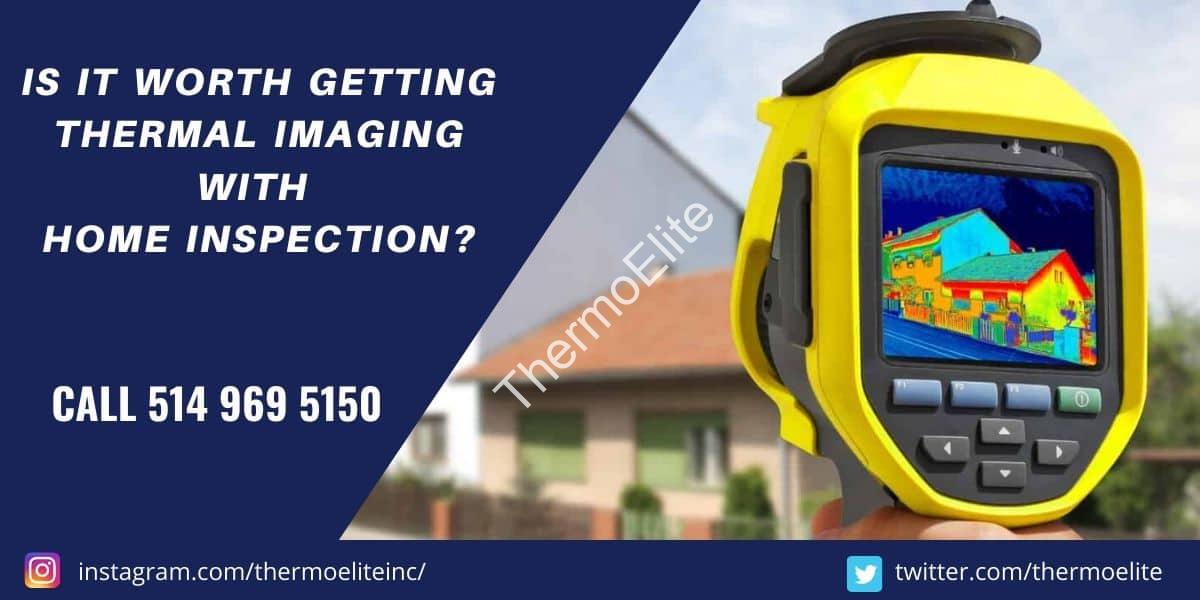
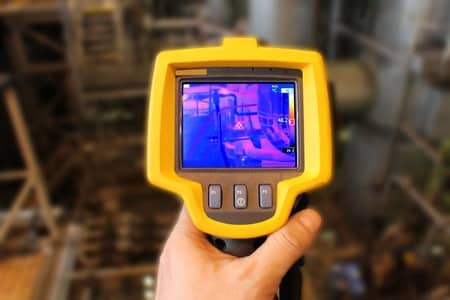
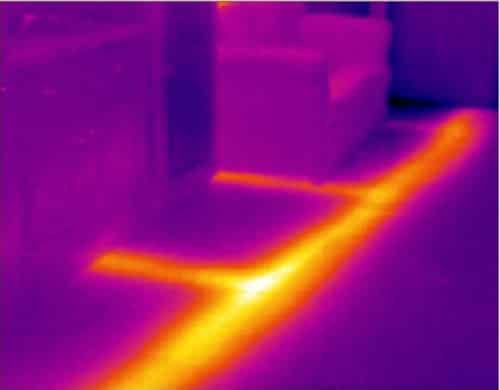
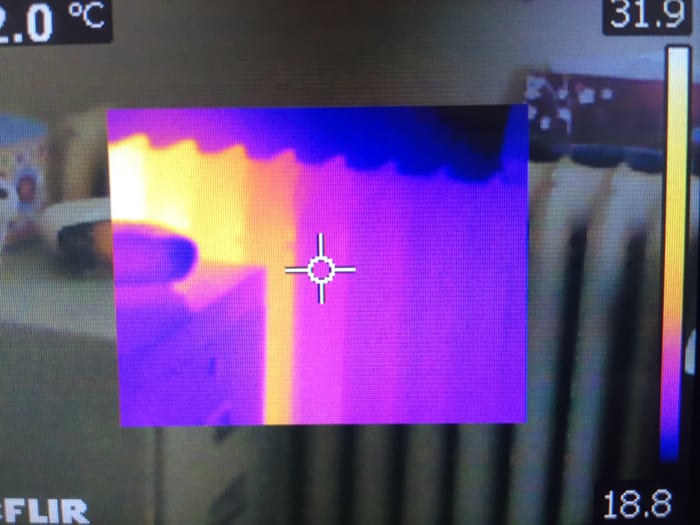
Add Comment